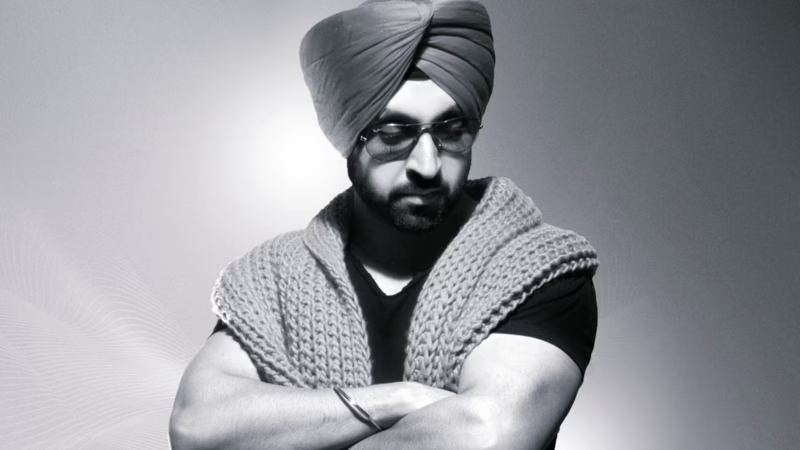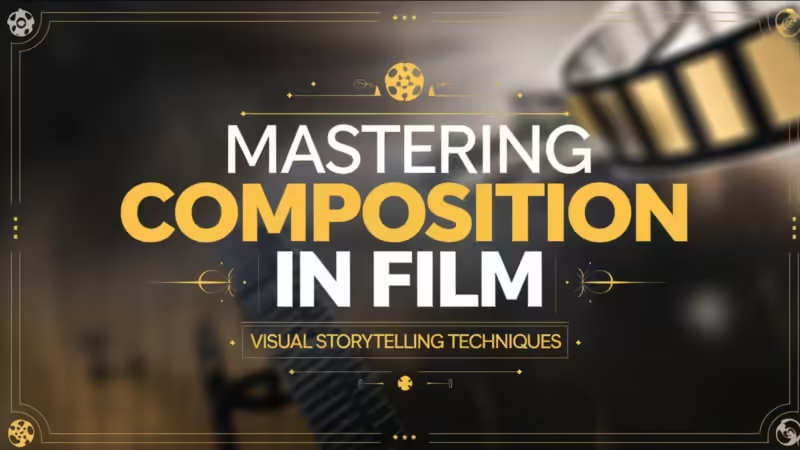Cinematography is the art of visually telling a story through moving images. It’s more than just pointing a camera at a subject—it’s about crafting shots that evoke emotion, drive the narrative, and captivate the audience. Whether you’re just starting out or looking to enhance your filmmaking skills, understanding the basics of cinematography is crucial.
In this guide, we’ll explore key cinematography elements that every aspiring filmmaker should know. For more in-depth filmmaking tips, check out FilmsnMinds, where we regularly post helpful guides and insights into the world of film.
1. Understanding Camera Shots
Choosing the right camera shots is essential in visually shaping your story. Different types of shots can impact how a narrative unfolds and how the audience connects with the characters.
- Wide Shot (WS): This captures the subject within a broad environment, ideal for establishing the setting or showing scale. See some stunning examples of wide shots in this cinematography breakdown by StudioBinder.
- Medium Shot (MS): A shot that frames the subject from the waist up, often used in dialogue scenes to show detailed body language while still providing context.
- Close-Up (CU): A close-up tightly frames a character’s face or a specific object, great for revealing emotions or emphasizing important details. Want to learn more? Check out our guide on framing techniques on FilmsnMinds.
- Over-the-Shoulder Shot (OTS): Often used in conversation scenes, this shot frames one subject from behind another, making the audience feel part of the conversation.
For additional tips on camera techniques, check out No Film School’s beginner’s guide to camera angles.
2. Composition and Framing
Framing and composition play a vital role in cinematography by drawing attention to key parts of the scene and guiding the viewer’s eyes.
- Rule of Thirds: One of the most widely used guidelines in cinematography. Imagine dividing your frame into nine equal parts using two vertical and two horizontal lines. Position the most important elements along these lines or their intersections to create balanced, visually appealing shots.
- Symmetry vs. Asymmetry: Symmetrical compositions can make scenes feel orderly and controlled, while asymmetrical framing creates tension or makes a scene feel dynamic.
- Leading Lines: Use natural or man-made lines in your scene (roads, hallways, windows) to lead the viewer’s eyes to a focal point.
- Depth of Field: Adjusting the depth of field to control what’s in focus directs attention to a specific subject while blurring out distractions.
For more tips on perfecting your composition, MasterClass offers an excellent overview of composition in film.
3. Lighting Techniques
Lighting is crucial in setting the mood and tone of a scene. Learning to manipulate light can transform ordinary shots into cinematic masterpieces.
- Three-Point Lighting: A standard technique using three lights—key light (main source of light), fill light (to reduce shadows), and backlight (to separate the subject from the background).
- Natural Lighting: Filmmakers often use available light (like sunlight) to create a more authentic feel. This is cost-effective but requires good timing and positioning to get the right exposure.
- High Key vs. Low Key Lighting:
- High key lighting is bright, soft, and creates minimal shadows, often used in comedies or light-hearted scenes.
- Low key lighting is darker with deep shadows and high contrast, perfect for creating a sense of mystery or tension.
To explore more about lighting techniques, you can refer to Film Riot’s beginner lighting tutorial.
4. Camera Movement
How a camera moves in a scene can change the emotional impact of the shot. Mastering different camera movements helps make your scenes more engaging and dynamic.
- Static Shot: A shot with no camera movement, where the scene or actors provide all the action.
- Pan and Tilt: A horizontal or vertical swivel of the camera from a fixed position. A slow pan can reveal details, while a quick pan creates a sense of urgency.
- Handheld: Holding the camera without a stabilizer adds realism or urgency, often used in action scenes or documentaries.
- Crane/Jib Shots: These shots involve moving the camera up or down, usually to reveal or highlight the scale of a scene. For a visual demonstration, check out PremiumBeat’s guide to essential camera movements.
5. Color and Mood
Color is a powerful tool in cinematography. The way colors are used in a scene can evoke certain feelings and reinforce the story’s themes.
- Color Temperature: Warm colors (orange, red) convey warmth, passion, or comfort, while cool colors (blue, green) indicate sadness, distance, or calmness.
- Color Grading: Post-production color grading allows filmmakers to stylize the look of a scene. It’s here where you can make scenes appear more vibrant, darker, or more washed out depending on the story’s needs.
For a more detailed look at color grading, Cinecom.net offers some excellent resources.
6. Sound in Cinematography
While cinematography is all about visual storytelling, sound plays a vital supporting role. The right sound design enhances the impact of your shots, whether it’s capturing crisp dialogue, recording ambient sounds, or adding background music. Learn more about integrating sound into your filmmaking by checking out our in-depth guide on FilmsnMinds.
7. Planning and Storyboarding
Before you start shooting, it’s essential to plan your shots. Storyboarding helps you visualize each shot and ensures they match the tone and pace of the script.
- Shot List: Create a detailed list of the types of shots you need for each scene. This helps streamline the shooting process and ensures you capture everything necessary for editing.
- Storyboard: A visual representation of each scene, showing how the shots will look. Storyboarding is an invaluable pre-production tool to ensure a clear visual flow.
To learn more about creating storyboards, visit Storyboarding 101 from StudioBinder.
Conclusion
Cinematography is a blend of technical skill and creative vision. Whether you’re shooting your first short film or working on a larger project, understanding these basics will help you craft visually stunning and emotionally powerful films. Don’t forget to follow FilmsnMinds on Instagram and Facebook for more filmmaking tips, inspiration, and behind-the-scenes content.
If you’re hungry for more, visit our Cinematography Essentials page on FilmsnMinds and explore our detailed guides to elevate your filmmaking journey.
Cinematography basics What is cinematography Cinematography techniques Camera angles in filmmaking Filmmaking tips for beginners Lighting techniques for cinematography Camera movements in film Cinematography for beginners Cinematography framing How to shoot a film Rule of thirds in cinematography Types of camera shots Color grading in film Three-point lighting setup Filmmaking tips and tricks Storyboarding for filmmakers Best cameras for filmmaking How to plan a film shoot Camera shot types Sound in cinematography How to improve cinematography skills Best lighting for independent filmmakers Step-by-step guide to cinematography Cinematography equipment for beginners Affordable gear for filmmaking How to use camera angles effectively Filmmaking on a budget Cinematography ideas for indie films Difference between high key and low key lighting How to create a cinematic look










